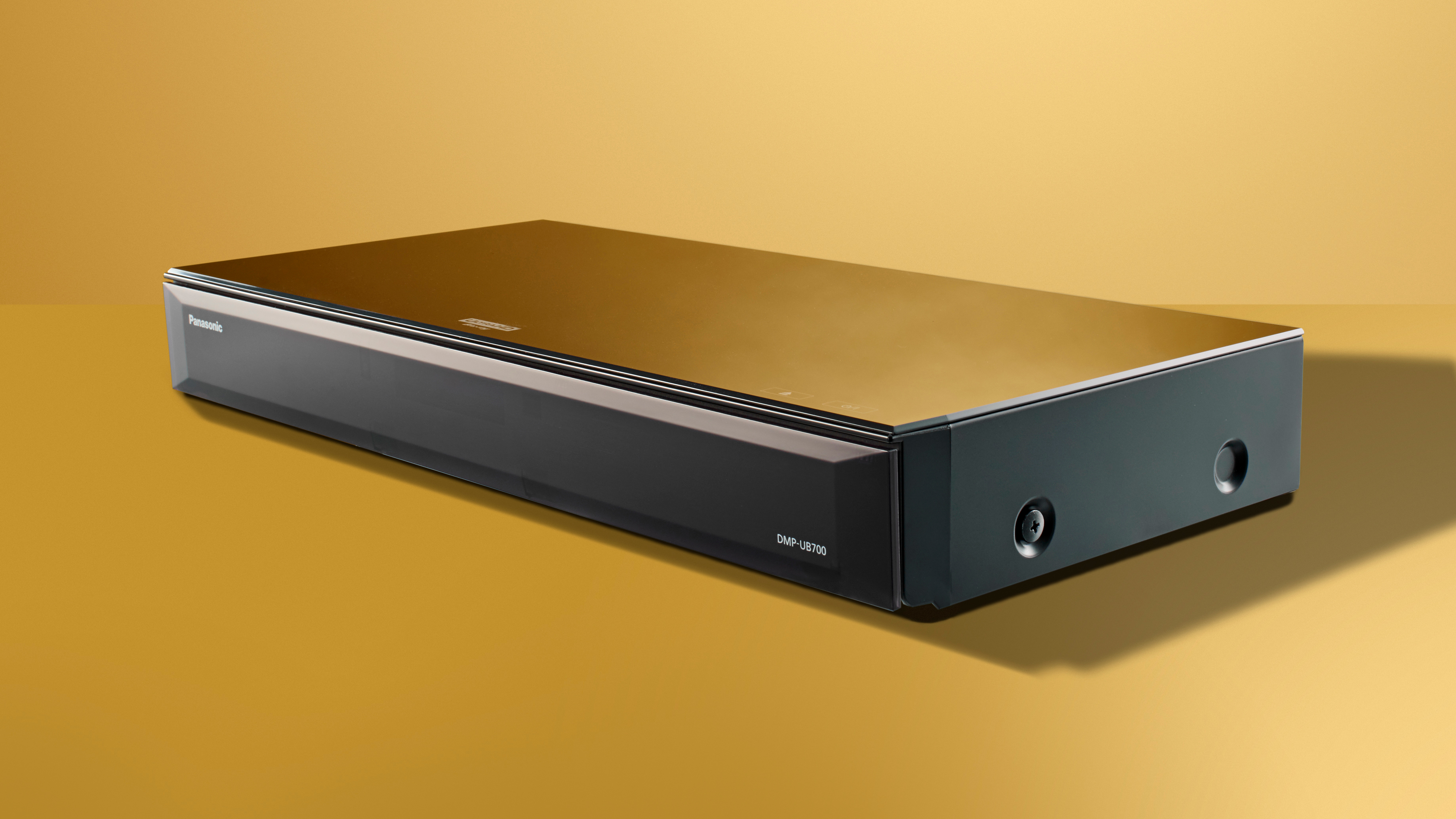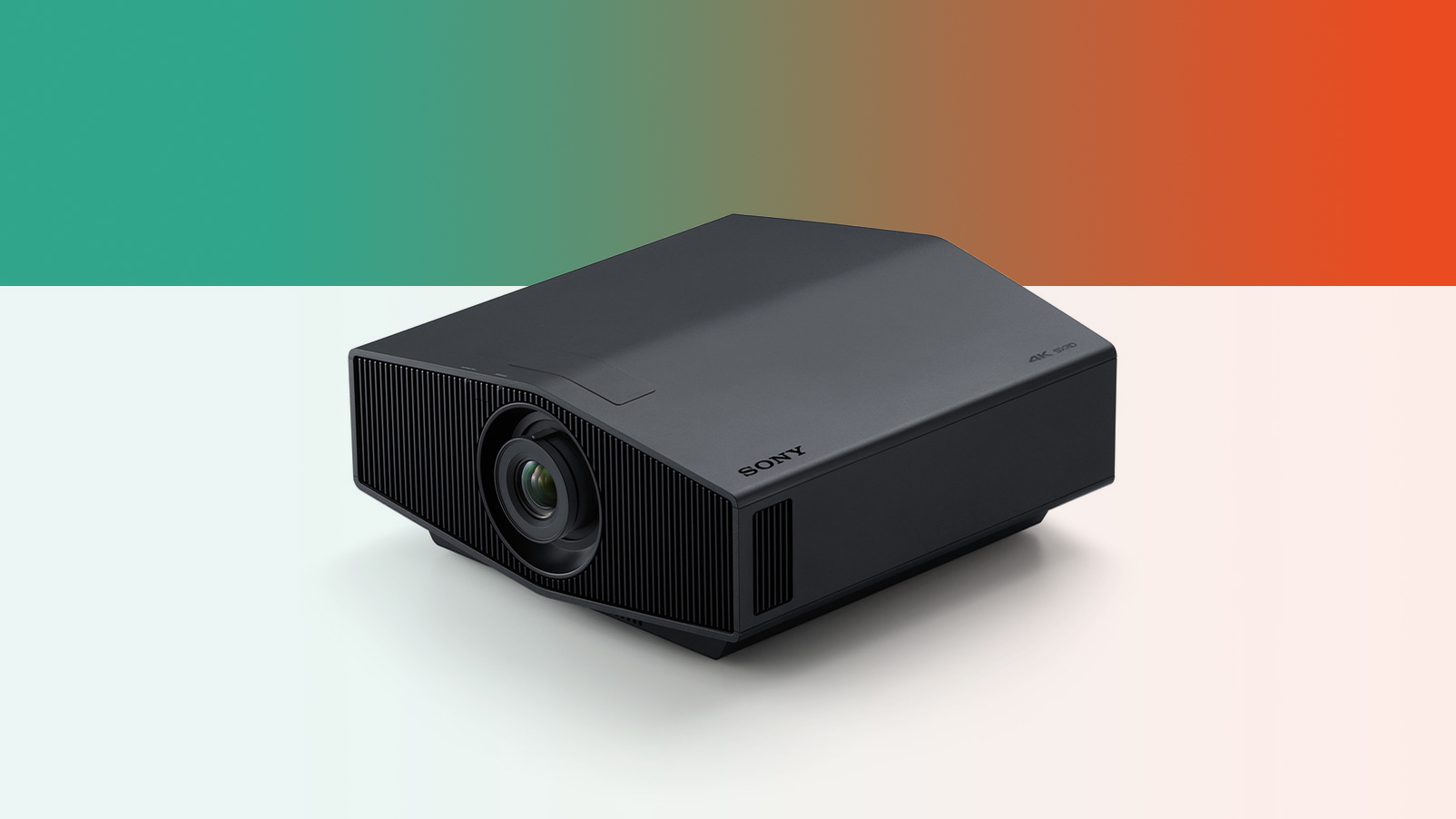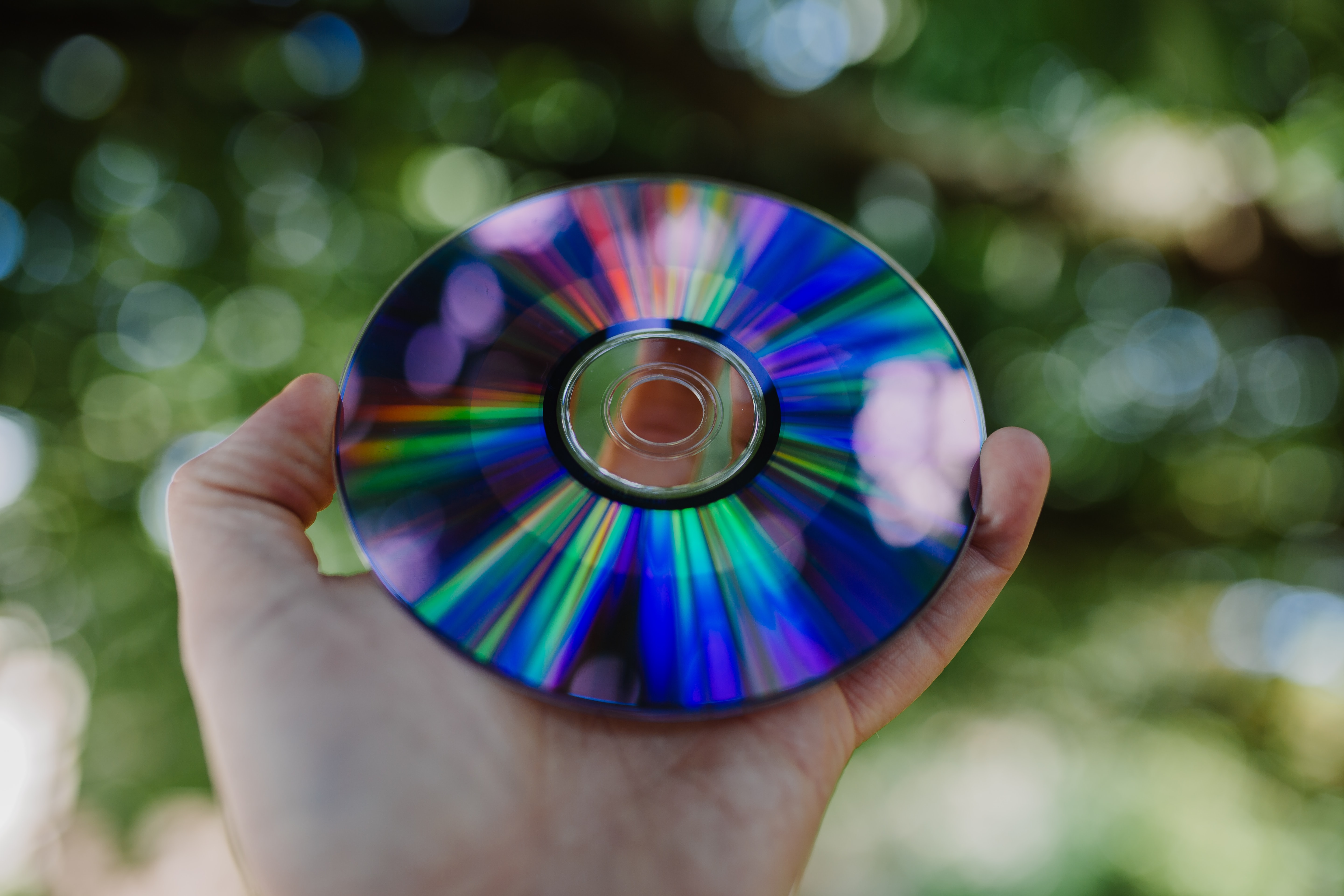Better than 4K Blu-ray: the new disc that could do movies better… but do we need it?
What if we could bring movie theater quality images to the home?

As a movie fan who's a huge cinema lover as well as a massive home theater nerd – nerdy enough to have chosen the wrong side in the HD-DVD vs Blu-ray war, and to maintain that my logic was sound to this day – I have a bit of an obsession with getting the best quality possible from movies.
Right now, for the vast majority of us at home, that's 4K Blu-rays. Our guide to the best 4K Blu-ray players is actually one of our articles that gets the most engagement from readers, despite the fact that the best streaming services have taken over as the norm for so many people.
So I loved reading this story from our colleagues on TechRadar Pro about a successor format to Blu-ray that's already looking at being able to store 1TB on a single disc, and hopes to get to 10TB per disc by the end of the decade. And it got me thinking about what I would actually want from a format that went bigger and better than Blu. What would really make a difference?
(Before I go any further, we should note that Folio Photonics, the company making this new disc format, has no interest in it being used for anything other than big business data storage – so this is just me being hopeful, not something anyone should expect.)
The thing that got me excited about the new disc format is that it isn't just huge – it's also very fast, with the company suggesting that we could be looking at over 300MB/s read speeds.
That is a lot more than the maximum bitrate of 4K Blu-ray video, which is around 16MB/s. So what would we do with all that extra data?
Forget 8K
The obvious answer might be 'more resolution', but that's not what I'd be interested in. Eventually, maybe all TVs will be 8K – but right now, there's basically zero 8K content in the world, and that's not going to change any time soon, not even by going to back to old movies and capturing the film again.
Sign up for breaking news, reviews, opinion, top tech deals, and more.
Depending on how to you want to 'measure' it, 35mm film is generally considered to be able to provide somewhere between 4K and 6K resolution when digitized, so there'd be no point in trying to turn the world's library of movies into 8K.
That goes double for more recent movies, filmed digitally. Very few use 8K cameras – even the likes of the hugely expensive Avengers: Endgame use 6K cameras. And visual effects aren't created at 8K either – so even if the footage is high-res enough, all the other stuff in the frame isn't.
The best 8K TVs have their place, but 8K isn't going to ease into becoming the norm like 4K did.
No, if we get a more advanced home viewing experience, we don't need more pixels. We need better pixels.

Theater quality at home… or better?
Video that we watch at home is compressed, to make it easier to get it to us, whether that's via Blu-ray, broadcast or Netflix. Uncompressed video is very, very large, so compromises have to be made to its color depth, dynamic range, and detail to deliver it in a package friendly to the average wallet and/or internet connection.
When you increase the bitrate (ie, the data speed) of video, you decrease the amount of compression being applied to each frame, so you can get back some of what was lost – especially color depth and contrast if you're already working in 4K.
I mentioned that 4K Blu-ray's bitrate is 16MB/s – do you know what the bitrate of digital cinema projections is? About 31MB/s. Having double the information per frame is why you can have such rich contrast and realistic hues from digital sources at the movies.
But the extra data also takes up a lot more space. A 130-minute movie (as most superhero movies are now, for some reason) could easily reach 250GB… and we've only talked about visuals so far. I haven't even mentioned high-quality Dolby Atmos soundtracks.

Current 4K Blu-ray tech isn't equipped to match that, but the next-gen disc format could. I mentioned 1TB disc sizes above, and data rates of around 300MB/s… that's 10 times larger than even the movie theater quality.
So could we go even better than the theaters? When 35mm film is scanned and captured, the exact data rate depends on the method, but BlackMagic's Cintel Scanner for film (a truly beautiful objet d'art, if you've never seen one) captures information at about 300MB/s. Some other methods are more like 200MB/s.
Either way, there's yet more potential image quality there than we even get from files that digital cinemas use. We could double the data per frame compared to the theater version and not break a sweat. Heck, why not triple it!
What results would we hope to see from this? Again, it would be in the depth of the dynamic range and the naturalism of the color in the image. Each frame could fit in a wider number of shades from light to dark, and more individual shades of color (even just the natural variations of colors you get as light plays on an object), bringing things closer to what the eye's capable of seeing.
Of course, whether the movie theater chains would ever allow a 'better-than-the-silver-screen' format to be released without revolting is another question. (The answer is: no.)
Does this even need a new disc at all?
One of the reasons I got so excited about the new format is that it offers the scope to go way beyond our current video constraints. But if we step back from my feverish desire for 'better-than-theater' quality slightly, and set our sights on having 'as-good-as-theater' as the target for home viewing, then actually a new disc format might not be needed at all.
One reason for this is a new compression method, called H.266 or VVC (Versatile Video Coding). This is the successor to the H.265 compression used currently for 4K Blu-rays, and apparently offers the same level of (subjective) image quality, but it requires about half the data.
Which means that if cinema-quality files are about double the data of 4K Blu-rays now, and this technology can halve the data rate, then you could fit them on future 4K Blu-rays, right? I don't know whether it will work out so neatly as this in practice – and then there's the question of whether enough people are actually interested in a new disc format to make the development work worthwhile – but in theory, that'd be perfect.

The bigger question is whether this is simply a job for the internet in the future. The 16MB/s data rate of Blu-ray is actually roughly the same as the average internet speed in the US (it's slightly above or below depending on which survey you believe). In the UK, it's more like 7.5MB/s – and while that's not enough to stream the video live, you could certainly download a movie to watch in advance in theater quality if it were available, and if your streaming device had the storage.
If that sounds pie-in-the-sky, know that actually we're nearly there already – at least, hardcore home theater fans with deep enough pockets are nearly there. Kaleidescape is a system that gives you a huge storage device at home so that you can download movies that are better than 4K Blu-ray quality. There's around 30-35% more data according to Kaleidescape, so not double or anything, but enough to make a difference.
But you have to pay thousands just for a Kaleidescape player, not even including the storage. Wouldn't it be nice if you could get that quality with one of the best 4K projectors on a nice inexpensive disc, or downloaded to a cheaper streaming device with a large enough external drive attached?
We can dream, can't we. Yes, dream about optical disc technologies. What?

Matt is TechRadar's Managing Editor for Entertainment, meaning he's in charge of persuading our team of writers and reviewers to watch the latest TV shows and movies on gorgeous TVs and listen to fantastic speakers and headphones. It's a tough task, as you can imagine. Matt has over a decade of experience in tech publishing, and previously ran the TV & audio coverage for our colleagues at T3.com, and before that he edited T3 magazine. During his career, he's also contributed to places as varied as Creative Bloq, PC Gamer, PetsRadar, MacLife, and Edge. TV and movie nerdism is his speciality, and he goes to the cinema three times a week. He's always happy to explain the virtues of Dolby Vision over a drink, but he might need to use props, like he's explaining the offside rule.